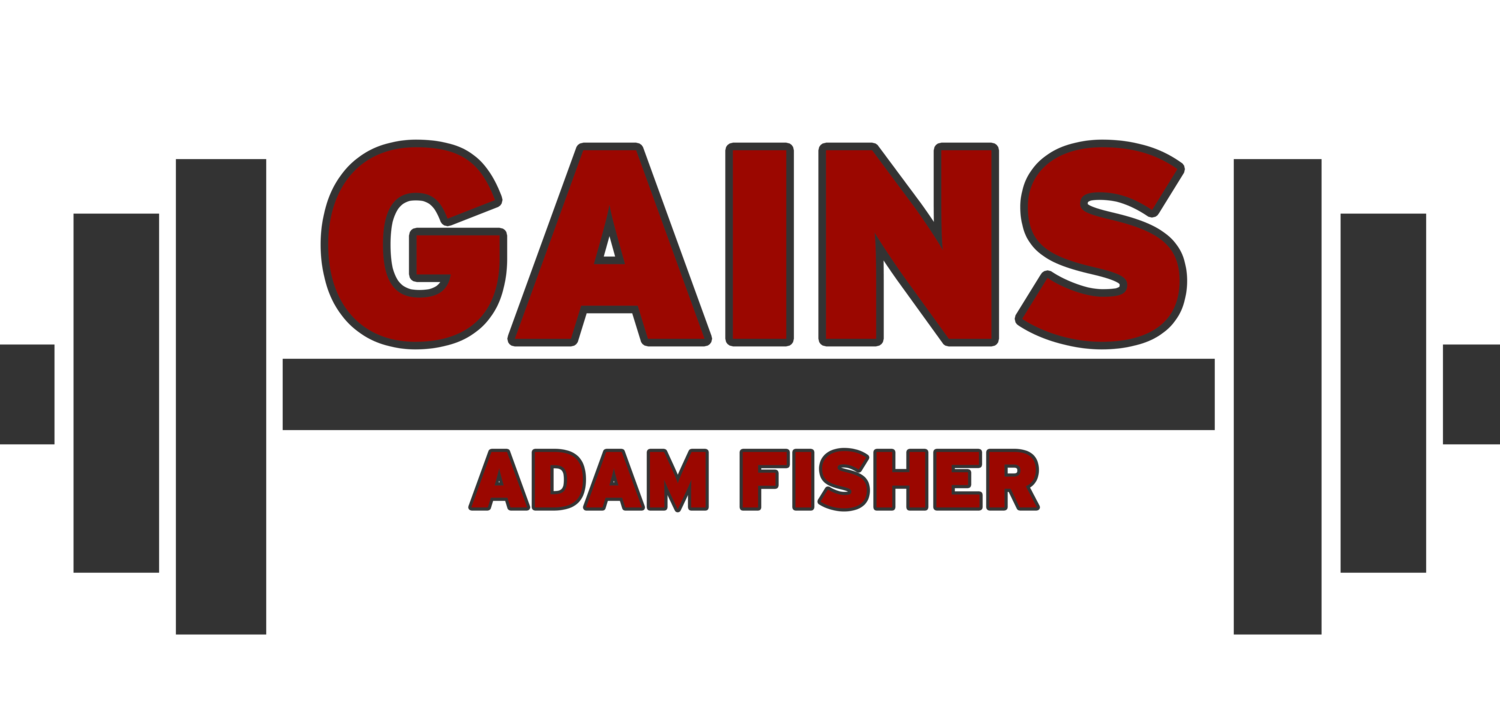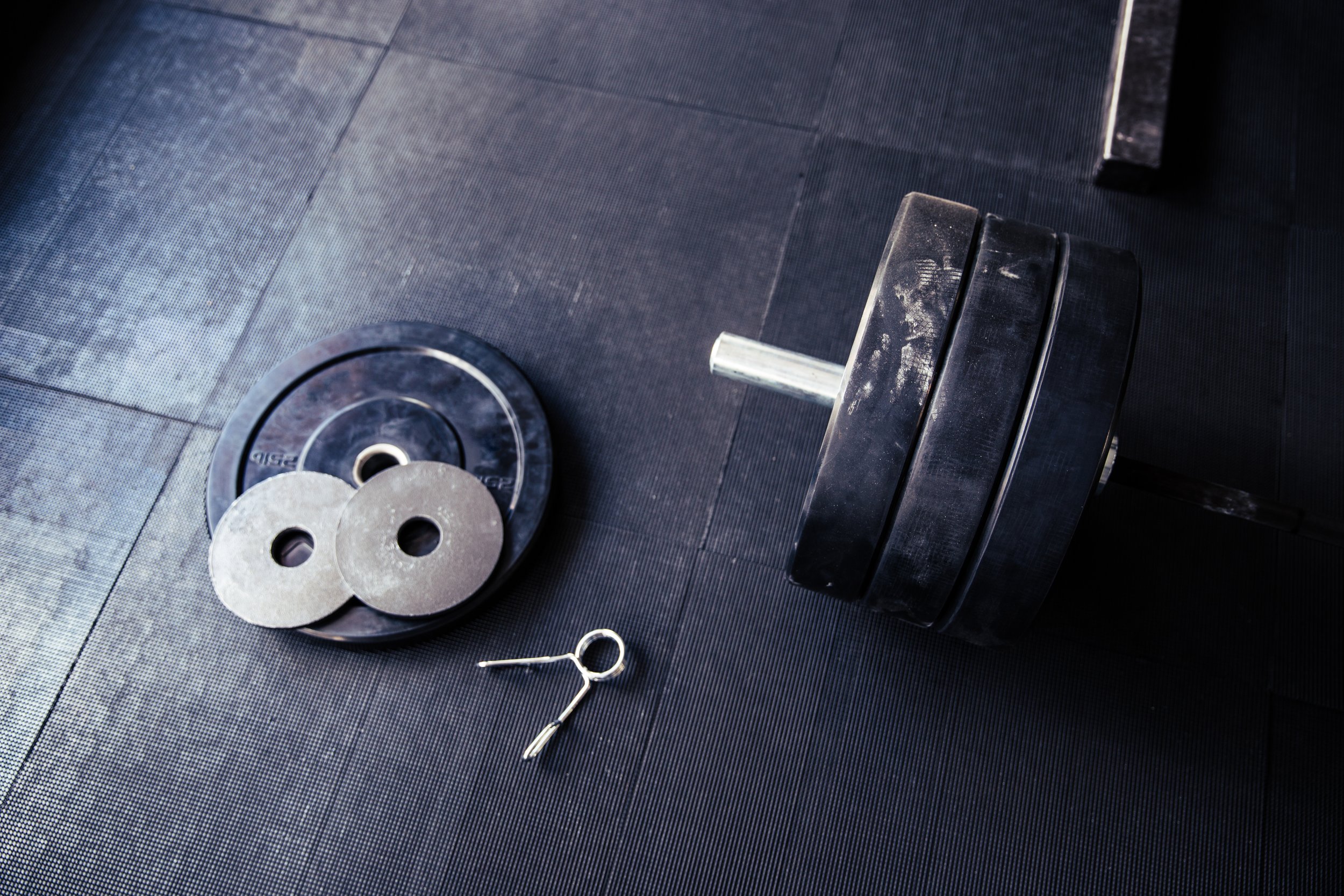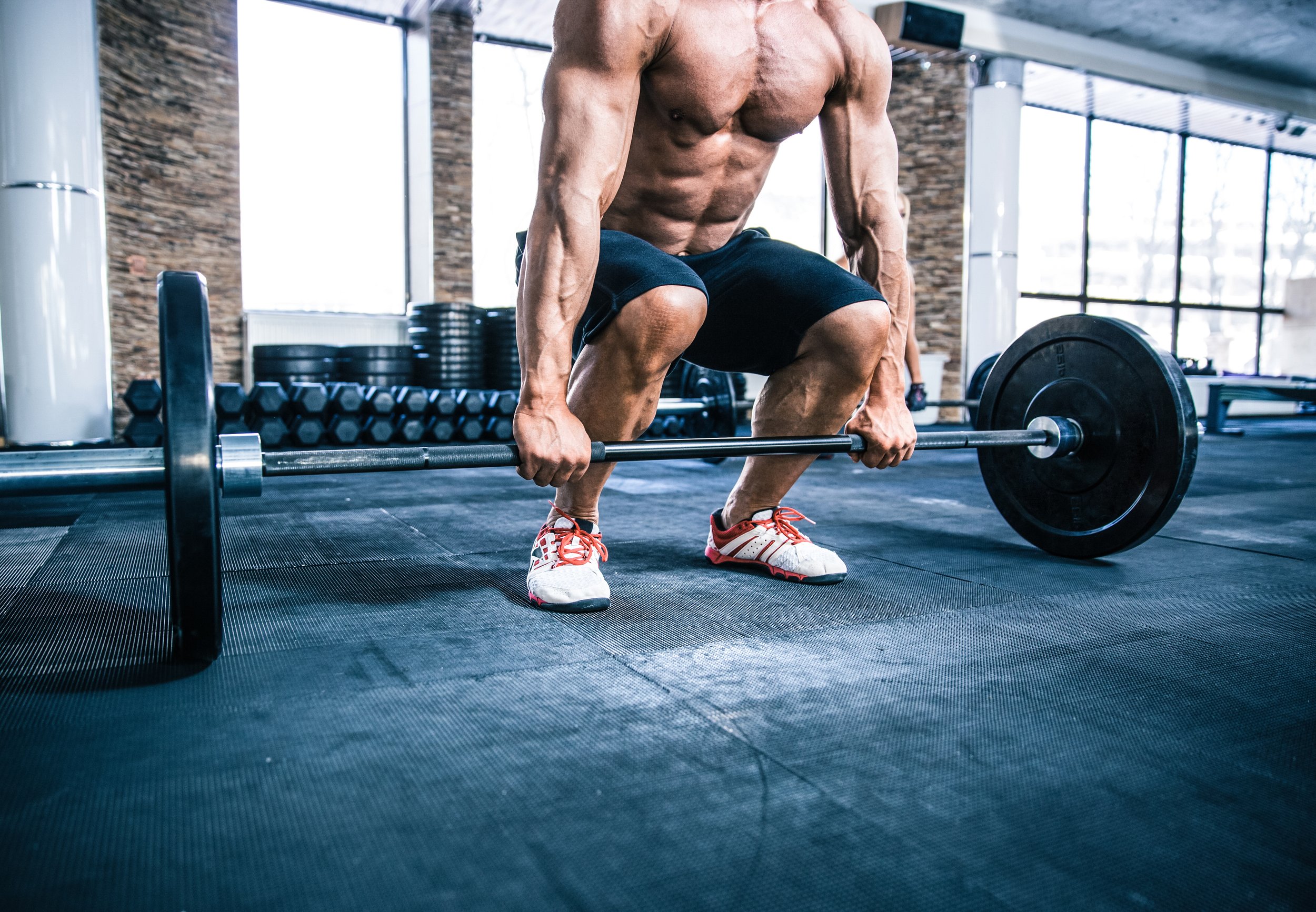When The Leg Press Will Increase Your Squat, And When It Won’t
Takeaway Points:
There are two main factors that determine whether or not you can complete a lift: muscular coordination and muscle size.
Doing a lift over and over is generally the quickest way to improve that lift if all other training factors are consistent; however, eventually you will see diminishing results and may need to focus on specific muscular hypertrophy.
Training more muscle specific exercises (ex: leg press for the quads to help improve the squat) can have crossover effects with other lifts, but the more they have in common with the lift, the more effective they will be.
Understanding Crossover Effects
Let’s say you want to get better at a specific motion, and let’s say it’s the squat. Now, let’s say that you’re already squatting. Great! Amazing! But you start to wonder, what are other exercises you can do to help build up the squat? As we all know, we can’t just perform that motion alone. It’ll go a long way, but it won’t bring us as far as if we mix in other stuff, right?
I’ve heard lots of goofy recommendations over the years. I’ve heard a powerlifter telling me that as my squat goes up, my bench would go up too even if I didn’t train it. That’s about as extreme as it gets. But what about the leg press for the squat? What about the tricep extension for the bench press? Some will say that those might work, since they train the same muscles, while others will say they won’t. What gives?
First it’s important to understand exercise specificity. Exercise specificity says that when we train a movement, that specific movement is going to be where we see the biggest increases in performance. Thus, when we squat, it might also increase our leg press (because they’re using the same muscles) but it’s most going to improve our squat. The reverse is also true - that training the leg press alone is going to increase strength in both the leg press and the squat, but more on the leg press.
Now, the carryover from different exercises is going to vary depending on how close to the original motion the exercise is. A barbell back squat with a high bar might be pretty similar to one with a low bar, but a less similar movement like a front squat will have less carryover. There are other ways to add in variation too: bands, chains, and different kinds of bars are all ways to vary up the exercise. However, the more unlike the original movement the new exercise is, the less likely it is to have a high degree of carryover. Thus, the leg press is going to have a lot less carryover to the squat than does that front squat.
Weak Point Training - Why You Can’t Just Train Mega-Specific
Commonly held wisdom suggests that the major movements alone will stagnate at a certain point as you’ll have weaknesses that training with that movement alone fails to address. If you’re weak in the hole on a squat (the lowest point of the squat), you may need to do pause squats to develop more strength at the bottom of the motion. Likewise, isolation movements for individual muscles (like the pec fly for the chest, or the leg press for the quads) are recommended if you feel that you’re lagging in specific muscular areas. Yet very often, these exercises fail to make a significant difference in how much weight you can lift. Without bench pressing, spending a lot of time focusing on your triceps is unlikely to further improve your bench. So why are they still useful?
Alex Hormozi attempted an experiment in which he went through an extreme bulk after several months off of training. You can find a copy of his plan here. To summarize: Alex did a plan in which he bench pressed and leg pressed every morning, with a rotating selection of different accessory exercises every evening, while consuming a massive number of calories per day. At the end of the program, despite the fact that he hadn’t squatted heavy at all, he was able to set a squat PR.
Why is this? This is because when it comes to a lift, there are two major factors that go into your ability to complete the lift: neuromuscular/metabolic coordinating factors (your body’s ability to coordinate muscular usage) and muscular size. A larger muscle has more potential to produce force than a smaller muscle. More on this can be found in Greg Nuckols’ work, including his handy calculator to determine which of these two factors you need to focus on to get stronger. Greg also has an article about why powerlifters should often train more like bodybuilders, built on a similar methodology.
The meaning is this: that if the use of an exercise induces a significant degree of hypertrophy in a muscle, and that muscle group is used by a larger compound movement, then that larger compound movement will be able to improve.
If doing hypertrophy exercises at a relatively stable bodyweight with no intention of either bulking or leaning out, these exercises will have minimal impact on your overall strength, and instead better results will be achieved by practicing the movements themselves, which enables you to gain strength without significant bodily change. But over time, you’ll need to go through bulking and cutting phases to achieve an ideal bodyfat percentage and weight, and during those times it’s more beneficial to focus on some hypertrophy movements in order to build as much muscle as possible.
What Should You Do?
Beginners looking to maximize their strength are likely to want to focus solely on traditional strength training of 1-6 at a time at an extremely heavy weight. This will get them the most bang for their buck. However, after a certain point, neurological gains will see a point of diminishing returns, and it becomes more useful to focus on hypertrophy training in addition to your strength training to drive further progress. Use Greg’s calculator above to determine which of the two factors is lagging, and thus can provide a better bang for your buck when selecting the exercises to use in training.
If you need neurological training, a program with sets of few reps and heavy weights, combined with some lighter work to maintain hypertrophy is ideal. If you need to maximize body composition, you may need to train a bit more like a bodybuilder, with phases of bulking and cutting and an emphasis on more reps and training to near failure. As you get more advanced, you’ll need more of both.
Ultimately, the leg press will build your squat if it builds significant quad hypertrophy - the same can be said of any isolation exercise for any muscle group used in a larger compound movement.
About Adam Fisher
Adam is an experienced fitness coach and blogger who's been blogging and coaching since 2012, and lifting since 2006. He's written for numerous major health publications, including Personal Trainer Development Center, T-Nation, Bodybuilding.com, Fitocracy, and Juggernaut Training Systems.
During that time he has coached thousands of individuals of all levels of fitness, including competitive powerlifters and older exercisers regaining the strength to walk up a flight of stairs. His own training revolves around bodybuilding and powerlifting, in which he’s competed.
Adam writes about fitness, health, science, philosophy, personal finance, self-improvement, productivity, the good life, and everything else that interests him. When he's not writing or lifting, he's usually hanging out with his cats or feeding his video game addiction.
Follow Adam on Facebook or Twitter, or subscribe to our mailing list, if you liked this post and want to say hello!
Enjoy this post? Share the gains!
Further Reading:
Ready to be your best self? Check out the Better book series, or download the sample chapters by signing up for our mailing list. Signing up for the mailing list also gets you two free exercise programs: GAINS, a well-rounded program for beginners, and Deadlift Every Day, an elite program for maximizing your strength with high frequency deadlifting.
Interested in coaching to maximize your results? Inquire here.
Some of the links in this post may be affiliate links. For more info, check out my affiliate disclosure.






